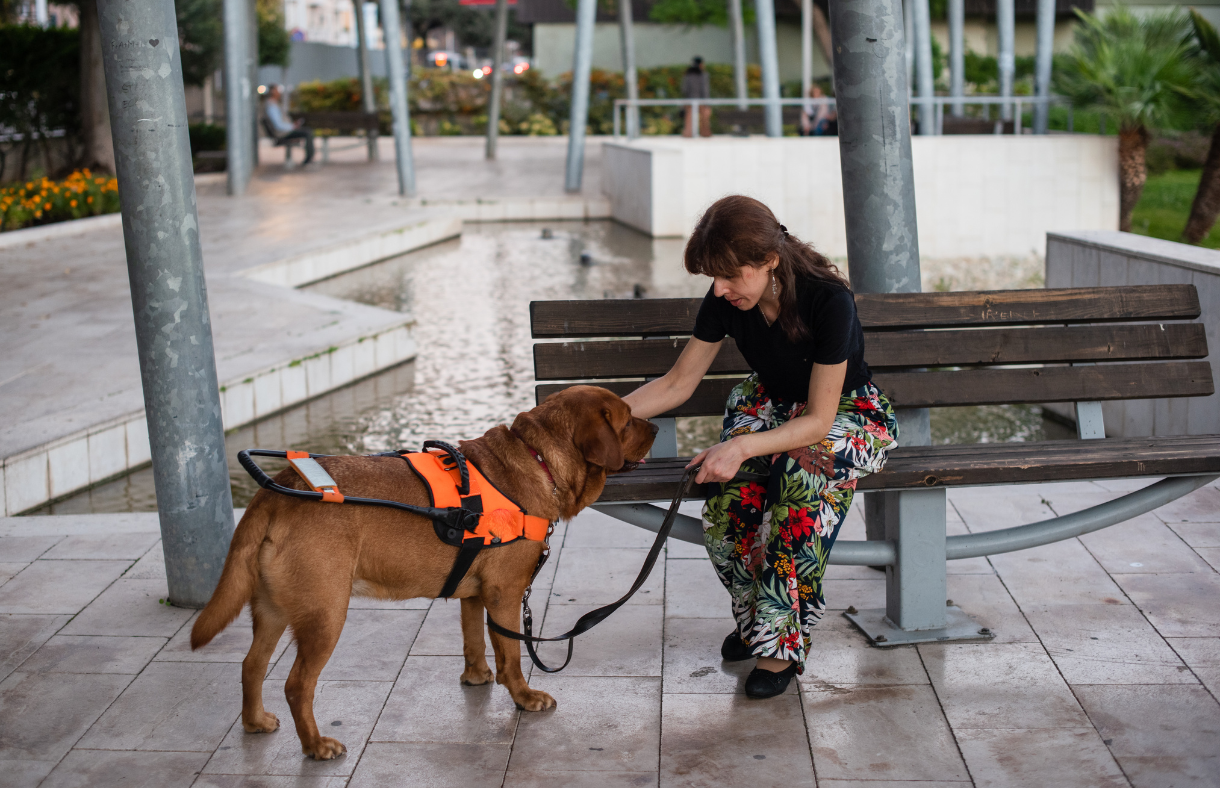February is Low Vision Awareness Month—a time to learn about visual impairments and how people live with them.
What Is Low Vision?
“Low vision” should not be confused with nearsightedness or temporary bleariness. A person with true low vision cannot see clearly enough to perform everyday tasks—even when wearing eyeglasses or other standard vision-correction technology.
Low vision can affect any aspect of eyesight:
- Close-up focus (as for reading)
- Distance vision
- Ability to distinguish details
- Ability to distinguish colors
- Central vision (ability to see straight ahead)
- Peripheral vision
- Night vision

Low vision also stems from many causes, the best-known being cataracts, macular degeneration, and glaucoma. Some cases are due to head wounds, stroke, or prenatal/neonatal injury. If you have diabetes, you are also at risk for retinopathy, a condition that damages blood vessels in the retina and can lead to blindness if untreated.
Some causes of low vision (especially cataracts) can be corrected with surgery; many cannot. However, there are apps and other assistive-technology options to help improve daily functioning under any degree of vision loss.
BridgingApps Recommendations for Low-Vision Assistive Technology
Some useful apps, like the Apple Magnifier, may already be installed on your smartphone or other device. Here are some additional items of interest:
- Door Detector tells users how to find the nearest door in a strange building; reads any signage on the door; and even describes how to open it.
- Envision AI reads scanned text and provides verbal information on the world around.
- Good Maps Explore provides on-demand or scheduled updates on location and immediate surroundings.
- ReBokeh turns smartphones and tablets into customized visual-filter devices.
- Scanning Pens makes text-to-speech readers that fit in a pocket.
- Seeing AI describes surroundings, reads scanned documents, and can even identify facial expressions.
Also, See What I See gives people without low vision a virtual-reality simulation of the experience, plus educational resources.
See also BridgingApps for Blind and Low Vision Users, BridgingApps Low Vision Apps for Older Adults, and additional apps related to low vision and blindness.

Tips for Coping with Low Vision
Besides finding assistive technology that meets your needs, implement the following points to maximize overall quality of life.
- See a doctor immediately if you develop new low-vision symptoms. Early treatment is your best bet to prevent further worsening of vision.
- Take preventive measures against eye fatigue and dryness: limit screen time, avoid glare, adjust lights for maximum visibility.
- Get clear medical advice on what you can and can’t do safely (e.g., bicycling in full sunlight vs. low light).
- Ask your doctor about additional high-tech vision aids such as half-eye glasses and miniature telescopes.
- Organize your home to minimize tripping hazards and keep things easy to find.
- Stay physically fit (you may need medical advice on maintaining or modifying your exercise routine) and take care of your overall health.
- Manage any other medical conditions or disabilities. If you take medication for your vision or anything else, follow the prescription carefully. (Medication management apps such as Pillboxie and Medisafe can help keep prescriptions on track.)
- Actively hone your other senses (hearing, touch, and smell) to stay alert to the world around you.
- Beware of self-pity, bitterness, and worry. Focus on making the most of what you have. (Many people find meditation apps helpful in reducing stress.)
- Quality of life doesn’t make attitude: attitude makes quality of life. Determine that no low-vision problem, nor any other disability, will keep you from living and contributing to your fullest!

